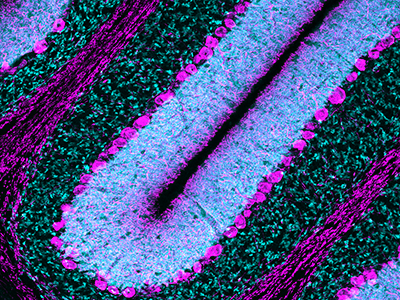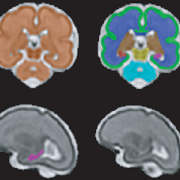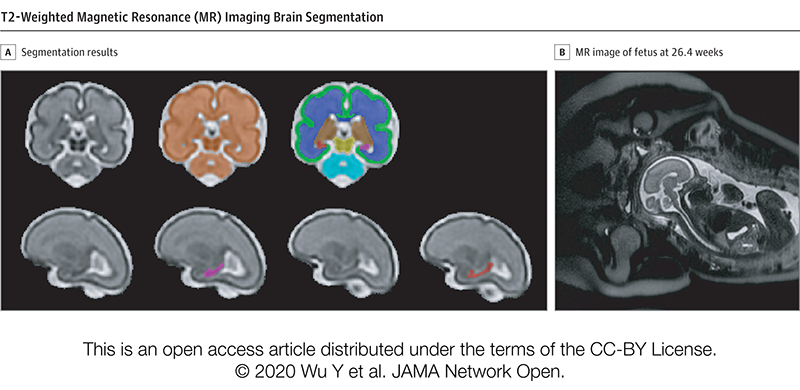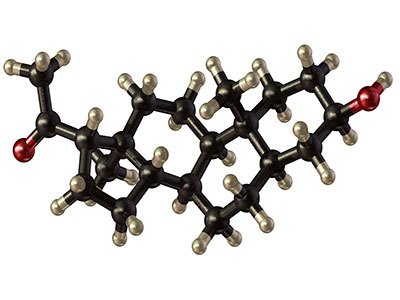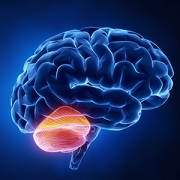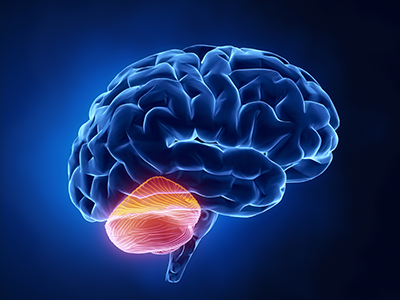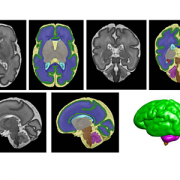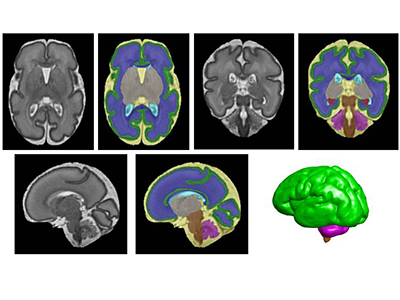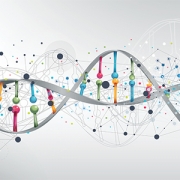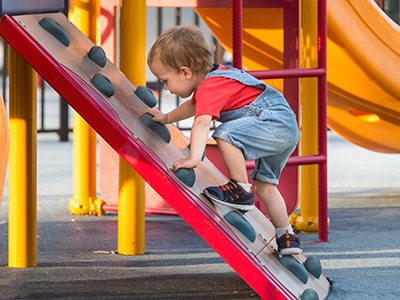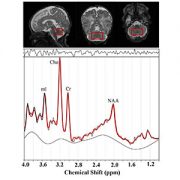Premature birth disrupts Purkinje cell function, resulting in locomotor learning deficits

Children’s National Hospital researchers explored how preterm birth disrupts Purkinje cell function, resulting in locomotor learning deficits.
As the care of preterm babies continues to improve, neonatologists face new challenges to ensure babies are protected from injury during critical development of the cerebellum during birth and immediately after birth. How does this early injury affect locomotor function, and to what extent are clinicians able to protect the brain of preterm babies?
A new peer-reviewed study by , Ph.D., and Ph.D., published in the Proceedings of the National Academy of Sciences of the United States of America (PNAS), explores exactly what neural circuitry of the cerebellum is affected due to complications that occur around the time of birth causing these learning deficits, and finds a specific type of neurons — Purkinje cells — to play a central role.
Up until now, there has been a sparsity of techniques available to measure neuronal activity during locomotor learning tasks that engage the cerebellum. To surmount this challenge, Children’s National used a multidisciplinary approach, bringing together a team of neuroscientists with neonatologists who leveraged their joint expertise to devise a novel and unique way to measure real-time Purkinje cell activity in a pre-clinical model with clinical relevance to humans.
Researchers measured neural circuit function by pairing GCaMP6f fiber photometry, used to measure neuronal activity in the brain of a free moving subject, with an ErasmusLadder, in which it needs to travel from point A to point B on a horizontal ladder with touch-sensitive rungs that register the type and length of steps. By introducing a sudden obstacle to movement, researchers observed how the subject coped and learned accordingly to avoid this obstacle. By playing a high-pitch tone just before the obstacle was introduced, researchers were able to measure how quickly the subjects were able to anticipate the obstacle and adjust their steps accordingly. Subjects with neonatal brain injury and normal models were run through a series of learning trials while simultaneously monitoring brain activity. In this way, the team was able to quantify cerebellum-dependent locomotor learning and adaptive behavior, unlocking a functional and mechanistic understanding of behavioral pathology that was previously unseen in this field.
In addition to showing that normal Purkinje cells are highly active during movement on the ErasmusLadder, the team explored the question of whether Purkinje cells of injured pre-clinical models were generally non-responsive to any kind of stimuli. They found that while Purkinje cells in injured subjects responded to puffs of air, which generally cue the subject to start moving on the ErasmusLadder, dysfunction in these cells was specific to the period of adaptive learning. Lastly, through chemogenetic inhibition, which specifically silences neonatal Purkinje cell activity, the team was able to mimic the effects of perinatal cerebellar injury, further solidifying the role of these cells in learning deficits.
The study results have implications for clinical practice. As the care of premature babies continues to improve, neonatologists face new challenges to ensure that babies not only survive but thrive. They need to find ways to prevent against the lifelong impacts that preterm birth would otherwise have on the cerebellum and developing brain.






